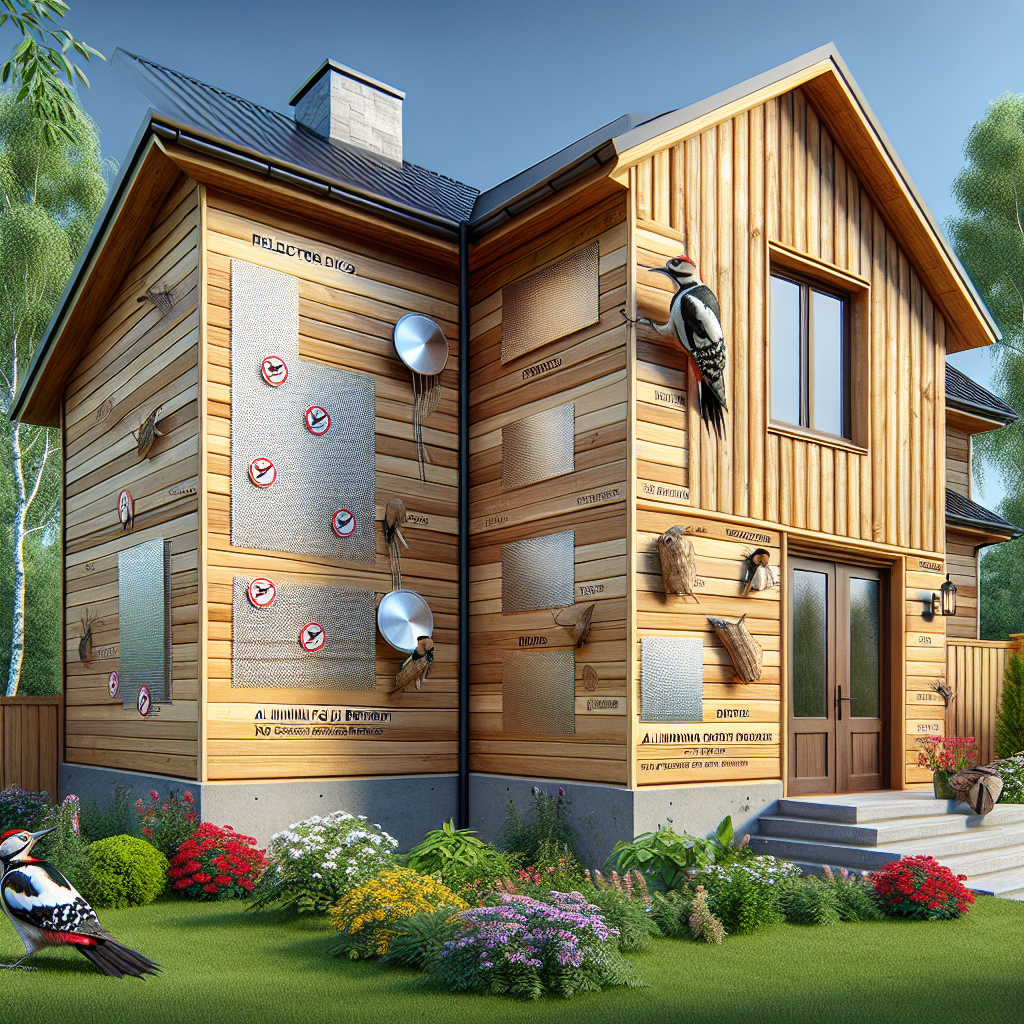Guarding Against Bud Rot in Palm Trees
Updated July 4, 2025 at 1:18 pm
Discover the essential strategies for preventing bud rot in palm trees, a devastating condition that can compromise their health and beauty. In this article, we’ll provide you with practical advice on recognition, treatment, and proactive care to keep your palms thriving.

Understanding Bud Rot in Palm Trees
Bud rot, also known as palm crown rot, is a devastating disease that can afflict your palm trees, leading to serious damage and even death of the plant. It’s caused primarily by a fungus or sometimes bacteria, which invade the tree’s central growing point. Knowing about this condition is crucial if you’re aiming to maintain a healthy and vibrant garden. Let’s first explore why it’s such a common issue for palm tree enthusiasts.
Symptoms and Diagnosis of Bud Rot
The initial symptoms of bud rot can be subtle, which is why it’s key to monitor your palms closely. You might notice that new fronds are discolored, stunted, or wilting. If you spot such changes, it’s vital to act swiftly to confirm whether bud rot is the issue. Early detection could potentially save your palm tree.
Common Causes of Bud Rot
Bud rot is often caused by excessive moisture in and around the tree’s central growing point or “crown”, combined with poor air circulation. Situations that contribute to these conditions include overwatering, planting in non-draining soils, or high humidity climates. It might feel a bit overwhelming, but understanding the triggers is the first step toward prevention.
Preventative Measures to Protect Your Palms
To shield your palm trees from bud rot, start with the right planting practices. Ensure good drainage and avoid placing your palm in areas where water tends to collect. It’s also essential to apply water directly to the soil, rather than spraying the crown of the tree. Thoughtful watering routines could be the difference between a thriving palm and one suffering from rot.
Beyond watering, pruning is also a preventive measure. Removing dead or dying fronds improves air circulation around the palm’s crown. However, pruning should be done carefully to avoid damaging the tree.
Bud Rot Treatment Options
If your palm has fallen victim to bud rot, there are treatment options available. Fungicides are commonly used, although they vary in effectiveness depending on the stage of the disease. It’s wise to consult with a local horticulturist or arborist who can recommend the best treatment for your specific situation.
Chemical Treatments: Fungicides
There’s a range of fungicides on the market suitable for treating bud rot in palm trees. Copper-based fungicides are often recommended for early stages of infection. A product like Bonide Liquid Copper Fungicide is widely used due to its effectiveness in treating a variety of plant diseases, including bud rot.
Pros
- Broad-spectrum effectiveness
- Can be used as a preventative and treatment measure
Cons
- Continuous use may lead to resistance in certain pathogens
- Can be harmful to beneficial insects if not used responsibly
Find This and More on Amazon
Biological Controls for Bud Rot
In addition to chemical treatments, biological options are also worth considering. Products containing Trichoderma, a beneficial fungus, can help suppress the pathogenic fungi causing bud rot. Applying this to your palms can reinforce their defenses naturally.
Choosing the Right Palm Tree: Prevention Begins with Selection
Not all palm species are equally susceptible to bud rot. By selecting disease-resistant varieties and proper placement, you’re setting your palms up for success. Research is key here; check which species are best suited to your local conditions before planting. Ensuring compatibility goes a long way in preventing diseases like bud rot.
Regular Palm Care: Keeping Your Palms Healthy
Regular maintenance, including fertilizing with a balanced palm-specific fertilizer, keeps your palms robust and more resistant to diseases. Vigorous palms are naturally better at fending off infections like bud rot. For instance, products such as PalmGain by BGI Fertilizers have been praised for keeping palms healthy and well-nourished.
Pros
- Formulated specifically for palm trees
- Promotes strong growth and health
Cons
- May be pricier than general-purpose fertilizers
- Overuse can lead to excessive growth, making palms more susceptible to wind damage
Soil and Drainage Requirements for Healthy Palms
Appropriate soil selection is fundamental for preventing bud rot in palm trees. Palms prefer a soil mix that offers good drainage yet retains enough moisture to keep the root system hydrated. An ideal choice is a sandy loam soil that has been enriched with organic matter to improve drainage and provide essential nutrients.
Improper drainage can create an environment conducive to fungal growth, leading to bud rot. To prevent this, consider raising the planting area to improve runoff, or, if you’re potting your palms, use containers with adequate drainage holes and place them on risers to encourage water flow.
Impact of Climate and Environment on Bud Rot Development
Specific climate conditions can escalate the risk of bud rot. In regions with high humidity and frequent rainfall, palms are more vulnerable to fungal infections. To mitigate this risk, choose planting locations with maximum air exposure to facilitate quick drying of the palm crown and fronds.
When you observe that a particular season is unusually wet or humid, be extra cautious with your watering schedule. Allow the soil to dry slightly between waterings, and remember that windy areas can help disperse moisture, thereby protecting your palms.
Monitoring and Early Detection: Key Tactics in Bud Rot Management
Vigilance is your best defense against bud rot. Regularly inspect your palm trees for any signs of distress, focusing on the crown and base of new fronds. Catching bud rot in its infancy greatly improves the chances of successful treatment and recovery.
Compare your palm’s symptoms with images of healthy specimens and watch for unexpected changes. This routine can be crucial in early detection. Some expert gardeners suggest doing a gentle pull test on the youngest frond; if it comes away with little resistance, it may indicate the presence of bud rot.
Natural Remedies and Home Care for Bud Rot Prevention
In addition to cultural practices and commercial products, there are natural remedies that can play a role in preventing and treating bud rot. For example, applications of neem oil or homemade fungicides made with baking soda and water can offer some protection when used appropriately.
Such treatments should be applied with caution, though. Always test on a small area of the palm first, and avoid excessive use which can damage the palm’s delicate tissues, especially during the heat of the day.
Integrating Palm Trees with Other Plants: A Strategic Approach
Intelligent garden design can enhance the health of your palms. Companion planting can improve drainage, increase beneficial insect populations, and decrease humidity around the palm base. Aloe plants or small succulents, which don’t require much water, can be good neighbors for palms, reducing the risk of moisture-related diseases.
Also, companion plants like marigolds can deter pests, protecting palms from stresses that can make them more susceptible to diseases such as bud rot. Be mindful of the companions you choose, as plants requiring heavy watering can exacerbate moisture retention and create an environment where fungi thrive.
Expert Advice on Fertilizer Application to Counteract Bud Rot
Applying the right type and amount of fertilizer is crucial for the vitality of palm trees and can indirectly help prevent bud rot. A slow-release, granular palm fertilizer that provides a balanced blend of nutrients is often recommended, as palms have specific needs compared to other plants.
Erring on the side of caution is advisable with fertilizer applications. Over-fertilizing can lead to lush, soft growth that’s more prone to diseases. The key is to apply as directed and adjust based on the palm’s response, keeping an eye out for signs of over-fertilization, such as tip burn or unusually rapid growth.
Understanding Watering Techniques: Too Much Can Be Harmful
Yes, palms need water, but the frequency and technique are where things can get tricky. Overwatering can create soggy conditions ideal for the fungi that cause bud rot. So, how can you water without putting your palms at risk? It’s all about deep and infrequent watering. This allows moisture to reach deep into the roots, encouraging a stronger and more resilient root system.
Additionally, water in the early morning to allow any moisture on the fronds and crown to dry during the day. If you do use sprinklers, position them to avoid the crown of the palm. By ensuring the crown remains dry, you significantly reduce the risk of bud rot developing.
Reviving a Palm Tree After Bud Rot
If bud rot has managed to take hold, all might not be lost. With prompt and appropriate action, you might be able to revive the palm. Remove affected areas with sterile tools, taking care to disinfect any cuts to prevent further infection. Focus on providing optimal care to support the palm’s recovery, being cautious with watering and fertilization.
Remember, stressed and damaged palms are more susceptible to other opportunistic pests and diseases, so it’s crucial to monitor the tree closely as it recovers, providing all the necessary conditions for it to regain its health.
Landscaping Considerations for Healthy Palms
Proper landscaping techniques are paramount in preventing bud rot. When planning your garden, consider the mature size of your palm trees to ensure they’ll have ample space for air circulation. Dense planting hampers airflow and can create a humid microclimate, inviting unwanted fungal issues.
Landscaping isn’t just about the beauty of your garden layout. Efficient design also contributes to the health of the plants. For instance, allowing for natural windbreaks can safeguard your palms from harsh weather while also keeping the moisture level in check. This balanced approach to garden design can have a significant positive impact on the palm’s well-being.
Professional Consultation for Palm Tree Health
There’s a lot that goes into the care of palm trees, and sometimes the help of a professional is the best course of action. Certified arborists or palm specialists can provide valuable insights, especially if bud rot has been a recurring issue in your garden. They’re trained to spot subtle signs of distress that you might miss and can advise on treatment plans, resistant palm varieties, and even soil testing to ensure your palms have the best environment to thrive in. Don’t hesitate to reach out if you’re concerned about the health of your palms.
Seeing signs of bud rot doesn’t mean the end of your beloved palm. With the right care, changes to cultural practices, and maybe a little professional input, you can breathe new life into your garden’s towering beauties and protect them from future threats.
Summary: Guarding Your Garden’s Giants
Bud rot in palm trees is a serious horticultural problem but isn’t insurmountable. By understanding how to recognize and address it, you can take significant steps toward protecting your palms. Implement good watering and fertilization practices, ensure proper drainage and soil conditions, and act quickly at the first signs of disease.
When it comes to preventing bud rot, remember that the health of your palm trees is influenced by a combination of care techniques, environmental factors, and selecting the right palm species. Keep an eye out for issues, and don’t be afraid to use a combination of treatments and professional advice to keep your palms flourishing for years to come.
Shop more on Amazon
Flowers & Plants Team
Flowers & Plants Team


